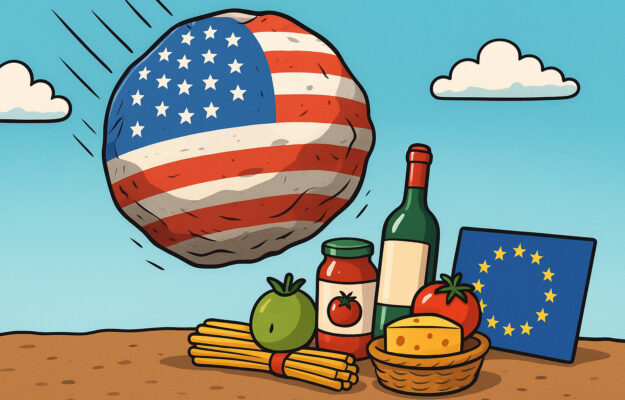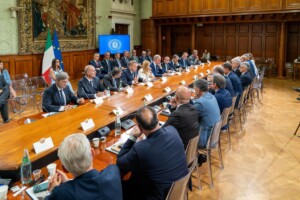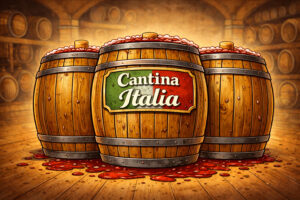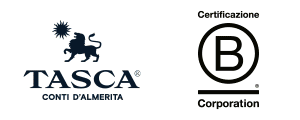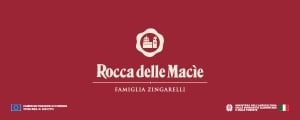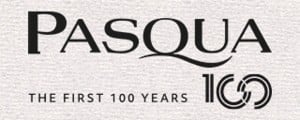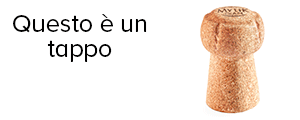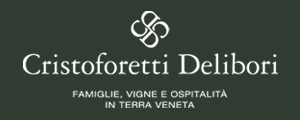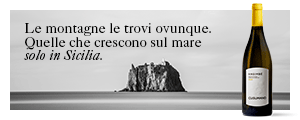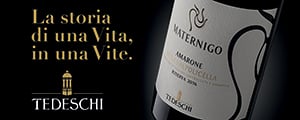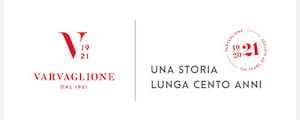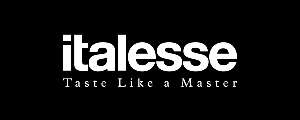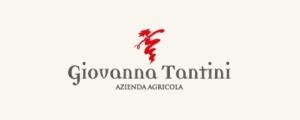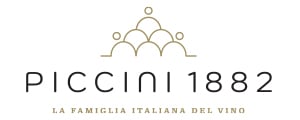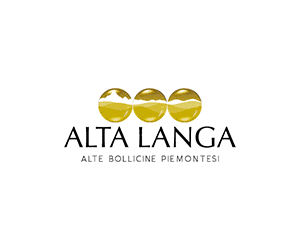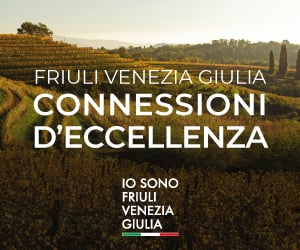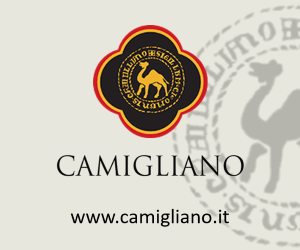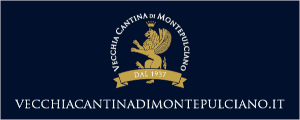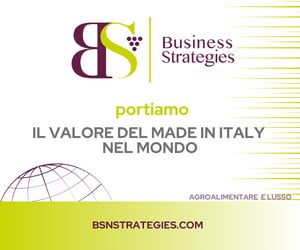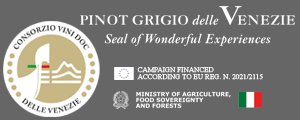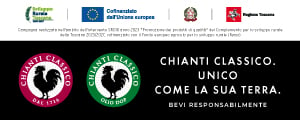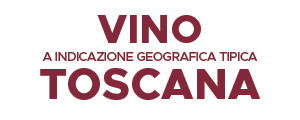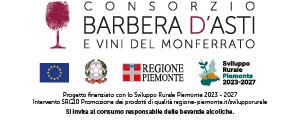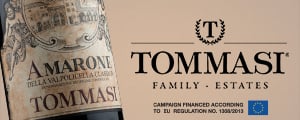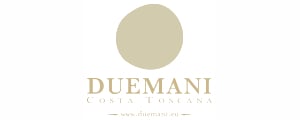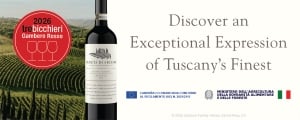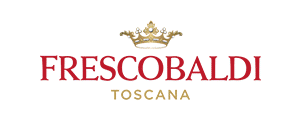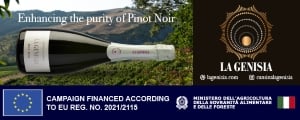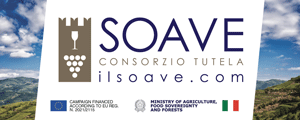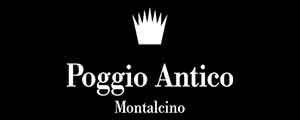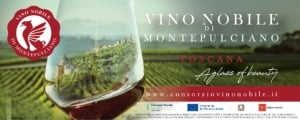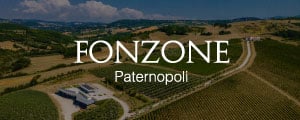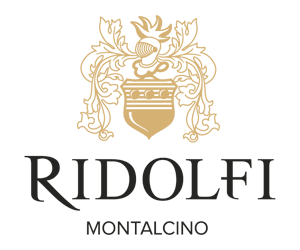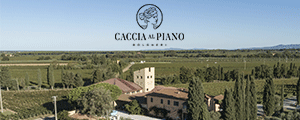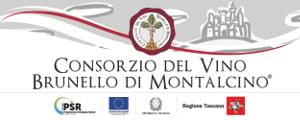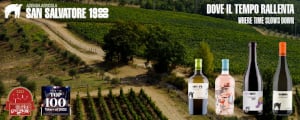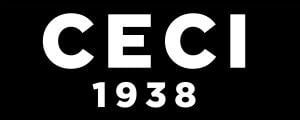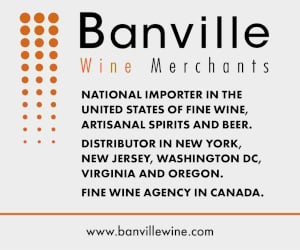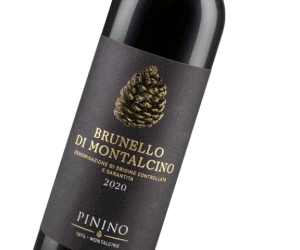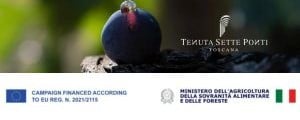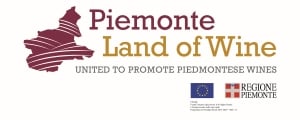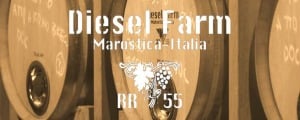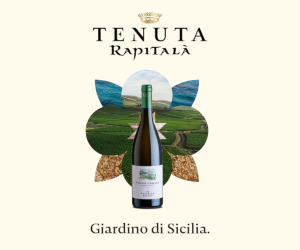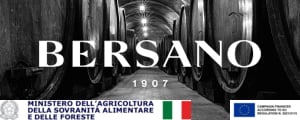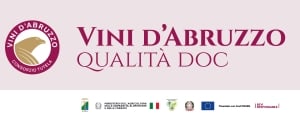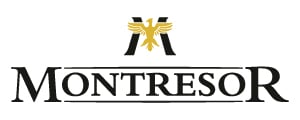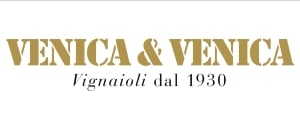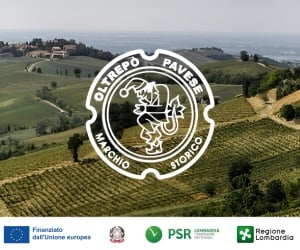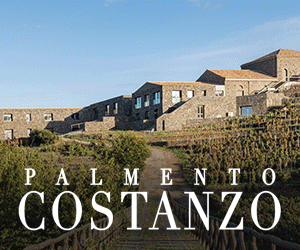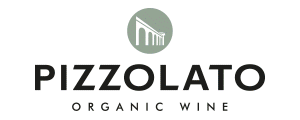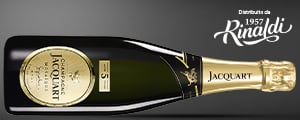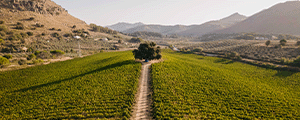The positive note, perhaps the only one, is that the situation is now clear, with tariffs set at 15% for a large number of products. The negative aspects are the non-exclusion of EU wine and spirits destined for the US, but also concerns about the risk of loss of competitiveness for Italian products in the US, as well as the easier access that various American agricultural and food products will have to the European market. This emerges from the reactions of trade associations to the joint statement announced yesterday by Brussels and Washington. If, as reported yesterday by WineNews, the damage to Italian wine in its primary market will be over €317 million, according to estimates by the Unione Italiana Vini (Uiv), whose president, Lamberto Frescobaldi, believes it is “essential to activate an alliance between the Italian wine industry and US partners - distributors, importers, and restaurateurs - who are the first to oppose the tariffs in the common interest of Italian and US companies”. Federvini, led by Giacomo Ponti, also commented, expressing “deep concern and regret at the absence of wines, spirits, and vinegars among the European products excluded from the 15% tariff provided for in the joint declaration between the European Union and the United States. The sectors represented by the Federation therefore remain penalized, despite their historical economic, cultural, and symbolic value”. “We are faced with a missed opportunity”, said Giacomo Ponti. “The agreement could have confirmed the full recognition of the strategic importance of our sectors in transatlantic relations. Instead, we note that, at least for now, wines, spirits, and vinegars remain excluded from any exemption, despite being Italian and European products of excellence exported all over the world”. While appreciating the commitment of European institutions to fostering a climate of trade cooperation, Federvini reiterates “that a return to a zero-tariff regime for the categories represented must remain an absolute priority in the upcoming sectoral negotiations. It is essential”, adds Ponti, “that the next stages of the dialogue confirm that today’s Declaration is only a first step. Decisive action is now needed to reintegrate our sectors as soon as possible among those benefiting from full US market access. Thousands of businesses, jobs, and investments on both sides of the Atlantic are at stake”.
The Comité Européen des Entreprises Vins (Ceev), led by Marzia Varvaglione, also “expresses deep disappointment following the publication of the joint EU-US statement on the framework agreement on trade, which does not include wine among the sectors exempted from the new 15% US tariff. This omission is particularly worrying”, states the CEEV, “given the status of wine as a leading European export product and its significant contribution to value creation throughout the US supply chain. Just in 2024, the EU wine sector exported over €4.88 billion worth of wine to the US, making it the biggest market for European wines. At the same time, for every dollar generated by European wine exports to the US, the American distribution and hospitality sectors earn 4.50. The 15% US tariff in force since the beginning of the month is damaging the sector and will continue to reduce our turnover, suspend investments, and decrease export volumes. The CEEV strongly insists that wine be included in the upcoming discussions between the US and European authorities. We remain confident. It is urgent to eliminate this harmful tariff and protect a sector that brings prosperity, sustainability, and connection”.
Returning to Italy, according to Confagricoltura president Massimiliano Giansanti, “the joint EU/US declaration presented by the Vice-President of the European Commission, Maroš Šefčovič, marks a step forward in transatlantic trade relations and provides certainty for both economies, but heavily penalizes certain strategic sectors of Italian agri-food production”, emphasizing that, in any case, the agreement sets a “non-additional” 15% tariff on almost all products. While for sectors such as cheese, which are already subject to this rate, the measure is perceived as an acceptable compromise, the situation is very different for sensitive sectors such as wine and Pecorino Romano cheese, Confagricoltura points out. “For wine, the United States is worth €2 billion and accounts for about 25% of Italian exports to the US. For Pecorino Romano, the US is worth €170 million. Although Commissioner Šefčovič has confirmed that the agreement may be revised in the future, there are currently no concrete openings or timelines. This inflexibility is fueling concerns. Wine must once again benefit from zero tariffs. We will work with the government and the European Parliament to protect the sector”, Giansanti emphasizes. The issue of non-tariff barriers also remains open, the agricultural business organization points out. “The United States has been accusing Europe for years of using technical production standards and requirements as tools of protectionism, but”, comments Giansanti, “we cannot accept products from third countries that do not comply with our rules and standards. While today’s agreement offers greater stability to trade relations, it nevertheless leaves open sensitive issues that directly affect some of Italy’s finest products. The risk”, concludes the president of Confagricoltura, “is that the compromise will turn into an advantage for a few sectors and a heavy competitive brake for others”.
Coldiretti, led by Ettore Prandini, speaks of a “1 billion euro blow”: “While the reduction in automotive tariffs is good news for the country, the 15% tariffs on Italian agri-food products without any exemptions risk causing the Made in Italy food supply chain to lose over 1 billion euros, with wine, oil, pasta, and pork among the sectors most affected, confirming that agriculture is always the one that gets sacrificed”, say Coldiretti and Filiera Italia, based on data from the Divulga Study Center. “The publication of the agreement”, they continue, “confirms the imbalance in the negotiations, which we had already denounced, decidedly in favor of the United States over Europe. Negotiations must continue in order to exclude high-quality agri-food products from the list of tariffs, a result that we expected at least for wine but which has not been achieved. Every day that passes in this way leaves room for other countries to enter a market, the wine market, that historically belongs to us. It is necessary to guarantee economic support for the most affected sectors, which are already in great difficulty. It is unacceptable that the agri-food sector continues to be the most penalized by the EU Commission’s overly submissive conduct of negotiations, which is compounded by the unprecedented cuts in resources allocated to agriculture proposed by the same executive in the next EU budget. At the same time, compliance with strict European food safety standards must be ensured, without dangerous steps backward in protecting citizens’ health”. Coldiretti and Filiera Italia reiterate the “need for clarity on the intentions regarding the entry of products from the United States: we cannot accept the opening up of the market to foods that are not produced to the same quality and food safety standards”. Coldiretti and Filiera Italia also point out that the United States is the main non-EU market for Italian agri-food products, with a value that reached almost €8 billion in 2024. “The product most affected will be wine, the leading export item, which will be subject to tariffs with an impact of over €290 million, a figure that is likely to rise further depending on the performance of the dollar. Next is extra virgin olive oil, where tariffs will bring an additional cost of more than €140 million. Semolina pasta will also be affected, with an additional cost of almost €74 million. Cheese, already subject to tariffs of between 10% and 15%, will remain stable”. What worries businesses, explain Coldiretti and Filiera Italia, is the trend recorded in the first three months of application of the additional 10% tariffs, which have had a negative impact on Italian agri-food exports to the US. “In June, sales of Italian food products in America fell by 2.9% in value, according to a Coldiretti analysis of Istat foreign trade data. This is the first monthly decline in agri-food sales in the United States since September 2023, bucking the general trend of Italian exports to the US, which grew by 10.3% in June. After a first quarter of the year in which agri-food exports to the US grew by an average of 11% in value, in the three months of application of the additional 10% tariffs, growth slowed to +1.3% in April and +0.4% in May, leading to the decline in June. This was due to importers’ uncertainty about US President Trump's strategy, as well as the fact that the new tariffs were added to those already in place, penalizing certain key supply chains in particular”.
Concerns about the wine sector have also been expressed by the Cia-Agricoltori led by Cristiano Fini, who believes that “rather than an agreement, it continues to look like a surrender. The agri-food sector is being sacrificed to benefit the automotive industry. Now, Italian agri-food exports to the US (€7.8 billion in 2024) risk heavy losses in key sectors such as wine production without getting anything in return. In addition to the direct impact, there is also a risk of serious damage to the entire agro-industrial sector, with serious repercussions on employment. In addition to the current political closure on wine”, Fini emphasizes, “that the facilitated opening to US agricultural imports must also be carefully monitored, regardless of the reciprocity of trade rules, which represents an insurmountable boundary. According to the Farmers - Cia, the real risk of a decline in exports is very high, with damage to strategic sectors and an increase in costs for Italian companies, which will tend to lose profit margins or have to transfer part of these costs to consumers, risking a reduction in demand in the US market. The combined effect of tariffs and euro-dollar exchange rate fluctuations will only exacerbate the impact of customs measures, translating into real additional costs for domestic companies and making Italian products less competitive overall. “We now strongly urge the Italian government and the European institutions, parliament and council to continue to exert pressure on the agreement, which we continue to define”, concludes Fini, “as a total surrender to the US. We also call for support measures and compensation for Italian companies for the increased costs of exporting to the US”. For Italian wine, the CIA reiterates, “the US is the world's leading market with approximately €1.9 billion in turnover in 2024. The white wines of Trentino-Alto Adige and Friuli-Venezia Giulia are most dependent on the United States for their exports, with a 48% share and an export value of €138 million in 2024; followed by Tuscan DOP red wines (40%, €290 million), Piedmontese DOP red wines (31%, €121 million), and Prosecco DOP (27%, €491 million)”.
This concern, shared by those who represent wine businesses, also affects local areas, as Angelo Radica, president of Città del Vino, which includes over 500 municipalities with a wine-growing tradition, points out: “The wine sector will also be subject to 15% tariffs on exports to the United States, unless there is an opportunity to be included in a range of exceptions. We support the efforts being made to achieve this result. In the hope that the negotiations will be successful for a sector such as wine, which is so strategic for our country’s economy and central to the culture and identity of the regions, we invite the government to build on the progress made in recent weeks, when the Prime Minister herself took part in a meeting with the wine industry. We must be ready and ensure that this moment of risk and uncertainty can be a harbinger of new momentum. We have presented our proposals to the government, and we now reiterate them as possible pillars of a unified strategy for a new beginning. Investments and measures are needed for: generational change in company leadership, administrative simplification, credit assistance, support for consortia to access foreign markets, tax relief to encourage the concentration of cooperative supply, strengthening of the natural disaster fund, and reduction of insurance payout times”.
This, therefore, is the current scenario in which companies will have to operate. In the hope that it will improve and that the list of duty-free products will expand, as suggested by an official government statement: “The joint EU-US declaration formalizing the political agreement reached on July 27 in Scotland between President Von der Leyen and President Trump finally provides the business world with a clear picture of the new context of transatlantic trade relations. This is not yet an ideal or final point of arrival, but some important milestones have already been reached, starting with the avoidance of a trade war and the laying of the foundations for mutually beneficial trade relations. Of particular importance is the comprehensive nature of the 15% horizontal tariff, which includes the automotive sector and strategic sectors (pharmaceuticals, semiconductors, timber) still under investigation by the US, as well as exemptions for sectors such as aeronautics, generic drugs, active ingredients, and chemical precursors. The government remains committed, together with the European Commission and other EU member states, to further increasing the number of exempt product sectors in the coming months, as provided for in the joint statement, starting with the agri-food sector. At the same time, particular attention will be paid to concluding an agreement on steel and aluminum, also provided for in the joint statement.
Copyright © 2000/2025
Contatti: info@winenews.it
Seguici anche su Twitter: @WineNewsIt
Seguici anche su Facebook: @winenewsit
Questo articolo è tratto dall'archivio di WineNews - Tutti i diritti riservati - Copyright © 2000/2025










